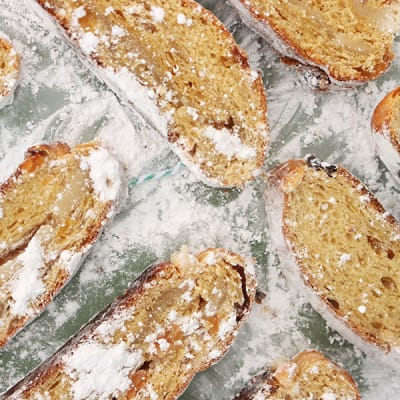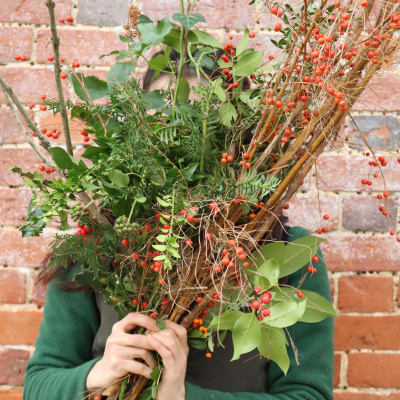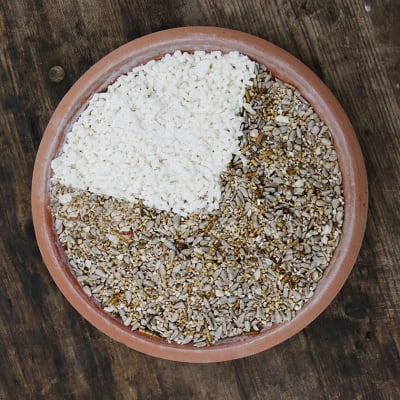
Roughly translated from Japanese, musubu means knot; and is also a term to describe the connection between people.
This year at The Newt, we have been trying to have a more sustainable, connected Christmas. From decorating with felled branches and paper trinkets, to biodegradable hamper boxes filled with thoughtful gifts.
Furoshiki (foo-roh-shi-ki) is one of the world’s oldest and most sustainable forms of wrapping, used in Japan for thousands of years. This revered Japanese art was first used in the Nara period around 710 to wrap and protect valuable goods held in temples, and was soon adopted throughout the country. Fishermen, shopkeepers, grandmothers, each with their own preferred fabrics and tying techniques to cover a range of uses.
The word ‘furoshiki’ - translating to ‘bath’ (furo) ‘spread’ (shiki) - emerged around 1136 when guests to large bathhouses would wrap their cloths and kimonos in cloth to identify them as their own, often adorning with patterns and family crests.
The word now refers to both the craft and the cloth. The technique is still used today – mostly by Japanese schoolchildren to carry bento boxes - and has inspired designers all over the world.

Take a look below for a beginner's guide from our Creative Manager, Atsushi Hasegawa:
A Beginner’s Guide to the Ancient Art of Furoshiki
Take a 1m x 1m square of fabric
Fold in half on the diagonal to form a triangle
Place your gift in the centre
Take the shortest triangle corner up and over the gift, and tuck underneath
Bring the other sides up and tie into a securing knot
From this point, you can twist the ends together to create a decorative handle (as above)
Or, tie the ends together to create a handle and you have a gift or shopping bag
Adorn with fresh foliage or herbs




